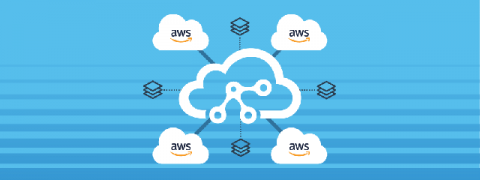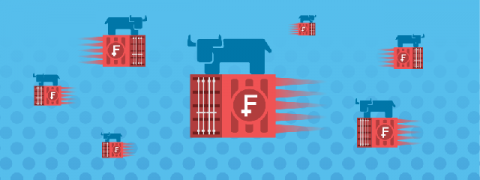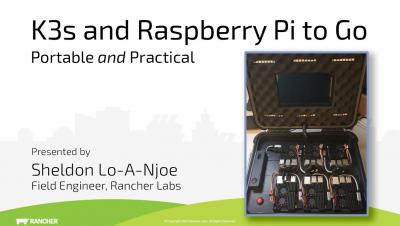Is Kubernetes Delivering on its Promise?
A headline in a recent Register article jumped off my screen with the claim: “No, Kubernetes doesn’t make applications portable, say analysts. Good luck avoiding lock-in, too.” Well, that certainly got my attention…for a couple of reasons. First, the emphasis on an absolute claim was quite literally shouting at me. In my experience, absolutes are rare occurrences in software engineering. Second, it was nearly impossible to imagine what evidence this conclusion was based on.











